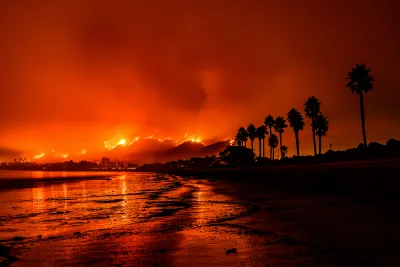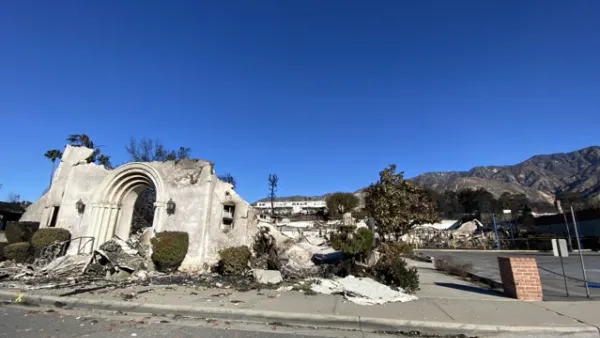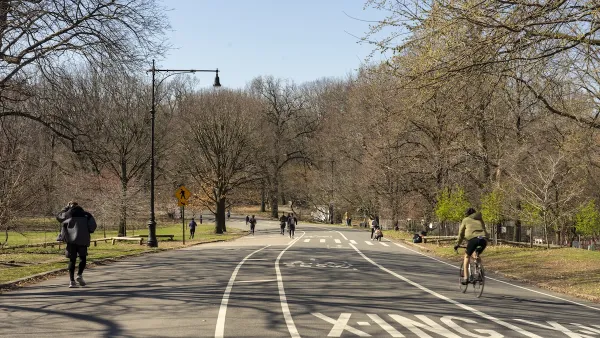Multiple massive fires are burning across the Western United States and Canada, prompting governments to explore new mitigation and response strategies.

Wildfires are spreading across the West, straining firefighting resources and threatening communities across California, Oregon, and Canada.
According to a piece by Kiley Price in Inside Climate News, “The intense nature of these fires has made them extremely difficult to fight. In California, around 4,800 firefighters have been deployed to the Park Fire, but only around 14 percent is contained so far.” In Canada, the town of Jasper has been largely destroyed, displacing roughly 5,000 residents.
Price notes the economic damages of the fires, adding, “A forthcoming report by economic analysis group IMPLAN finds that wildfires could cost the U.S. economy nearly $90 billion this year, Heatmap News reports.”
The growing intensity of fires is causing government officials to explore new strategies for identifying risks, preventing major fires through prescribed burns, and responding to fires quickly and effectively. “In June, NOAA tested two experimental tools that use satellites and artificial intelligence to more rapidly identify fires and communicate information to land managers so they can deploy forces to fight the blazes before they spread.” Prescribed burns and brush clearing, practiced by indigenous people for centuries, are once again becoming key tools in wildfire management.
FULL STORY: Supercharged by Climate Change, Western Megafires Explode Simultaneously

National Parks Layoffs Will Cause Communities to Lose Billions
Thousands of essential park workers were laid off this week, just before the busy spring break season.

Retro-silient?: America’s First “Eco-burb,” The Woodlands Turns 50
A master-planned community north of Houston offers lessons on green infrastructure and resilient design, but falls short of its founder’s lofty affordability and walkability goals.

Delivering for America Plan Will Downgrade Mail Service in at Least 49.5 Percent of Zip Codes
Republican and Democrat lawmakers criticize the plan for its disproportionate negative impact on rural communities.

Test News Post 1
This is a summary

Test News Headline 46
Test for the image on the front page.

Balancing Bombs and Butterflies: How the National Guard Protects a Rare Species
The National Guard at Fort Indiantown Gap uses GIS technology and land management strategies to balance military training with conservation efforts, ensuring the survival of the rare eastern regal fritillary butterfly.
Urban Design for Planners 1: Software Tools
This six-course series explores essential urban design concepts using open source software and equips planners with the tools they need to participate fully in the urban design process.
Planning for Universal Design
Learn the tools for implementing Universal Design in planning regulations.
EMC Planning Group, Inc.
Planetizen
Planetizen
Mpact (formerly Rail~Volution)
Great Falls Development Authority, Inc.
HUDs Office of Policy Development and Research
NYU Wagner Graduate School of Public Service




























